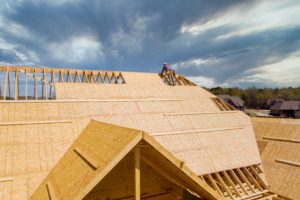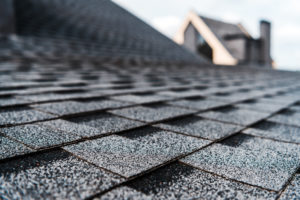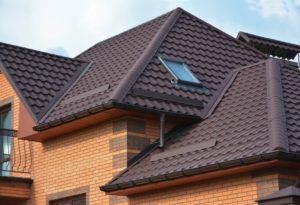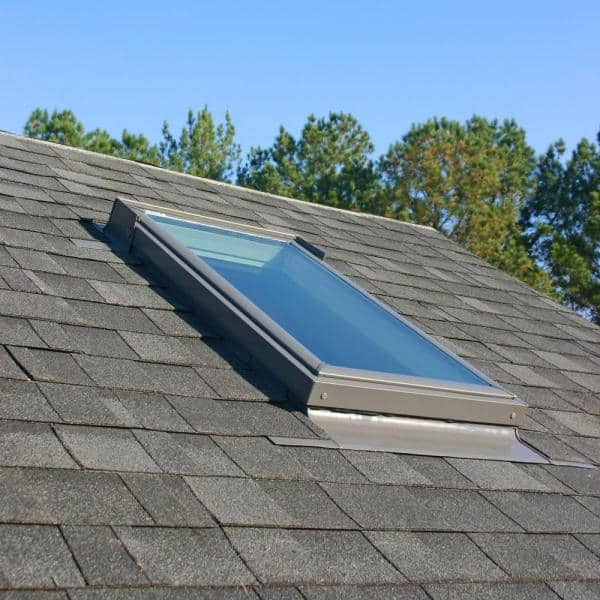
Before installing a skylight in your home, there are several factors that you need to take into account to ensure the best results. Here are some things to consider before installing a skylight in your home:
1. The location of the skylight. It would help determine where you want the skylight to be in your home and what size you want it to be. This measure will ensure that the skylight is in an area that will get enough sunlight during the day.
2. The type of skylight. There are several different types of skylights, so you need to choose one best suited for your needs. For example, a fixed skylight is best for areas that don’t get a lot of traffic, while a ventilated skylight is ideal for bathrooms.
- Fixed skylights are the most common type of skylight. They typically live in an area of the roof where a hole already exists, such as a chimney. These skylights don’t open or close, so they are not ideal for homes in areas with a lot of rainfall or snowfall.
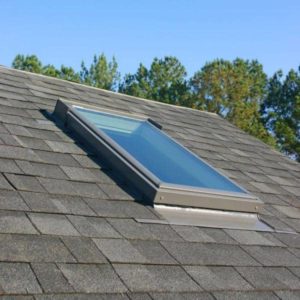
- Ventilating skylights have a small opening that can open or close to allow air to circulate in the home. This type of skylight is ideal for homes in areas with a lot of rainfall or snowfall, as it helps to prevent the accumulation of moisture in the house.
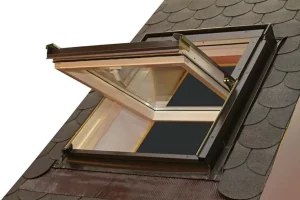
- Tubular skylights. This skylight is a small round tube that gets installed in the ceiling. It has a lens at the top that helps to direct sunlight into the home. Tubular skylights are ideal for low-ceiling dwellings, as they don’t take up a lot of space.
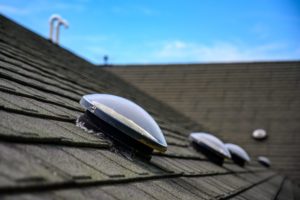
3. The cost. Skylights can be expensive to install, so you need to make sure you have the budget.
- Fixed skylights are the least expensive option, but they also offer the least amount of flexibility. If you choose a location for your fixed skylight, make sure it’s the right one.
- Ventilating skylights are more expensive than fixed skylights, but they can open and close to control ventilation. These are a good option if you want the ability to regulate the amount of natural light and air coming into your home.
- Tubular skylights are the most expensive option, but they save face by being energy-efficient. Solar-powered skylights use solar panels to collect energy from the sun; then, they power the skylight’s opening and closing mechanism.
4. Your roof shape and pitch. Knowing these specs will help make sure that the roofing in your home can support the skylight’s weight, which is especially important if you have a tile or metal roof.
5. The installation process. Installing a skylight can be complicated, so you need to make sure that you hire a professional to do it. Otherwise, you could end up without a weather seal and an inevitable leak.
6. The warranty. Once you’ve installed the skylight, you need to ensure that a warranty will cover it; this will protect you from any problems that may occur down the road.
7. The maintenance. Skylights require regular maintenance, such as cleaning the lenses and replacing the sealant around the edges. Be mindful of how much labor and cost to can invest into care.
If you need more information for a custom skylight installation, give us a call, we’re happy to answer any questions you might have.



